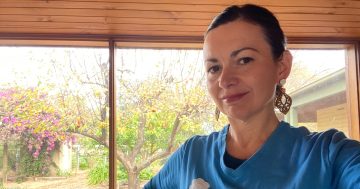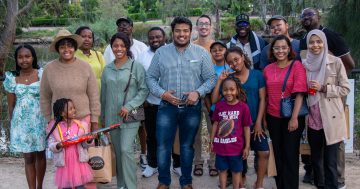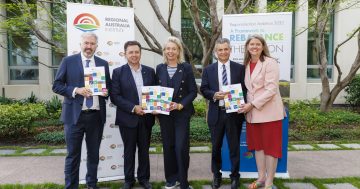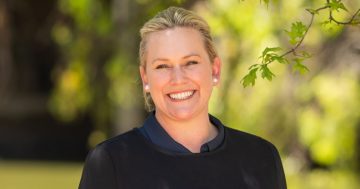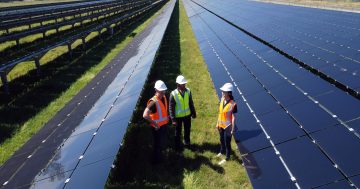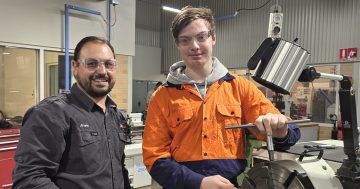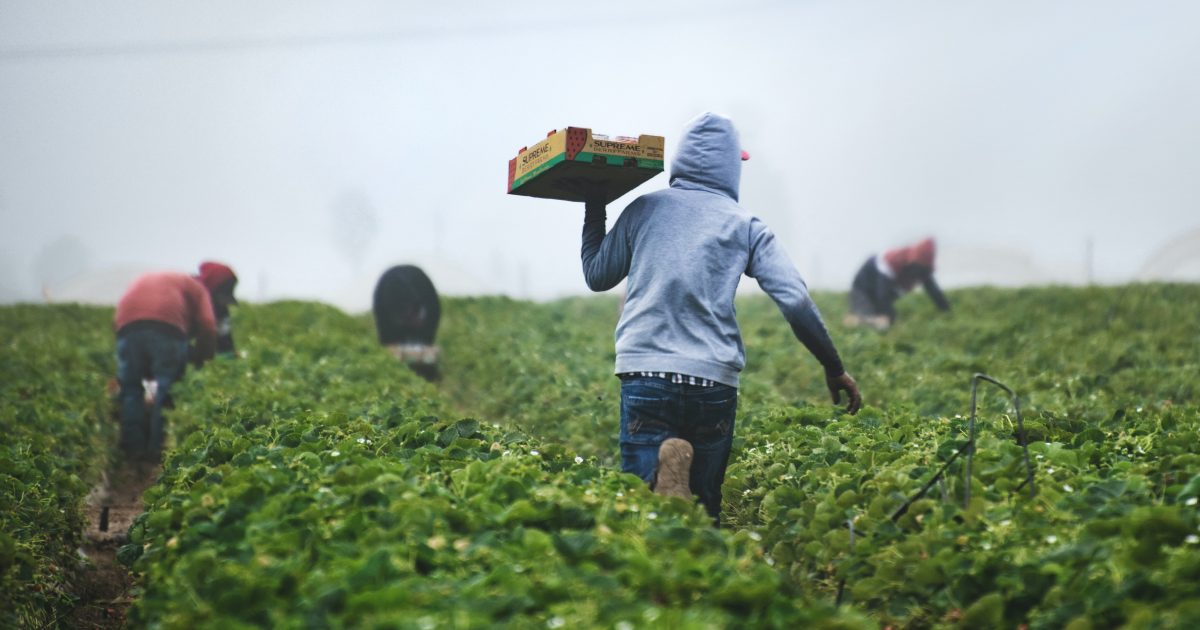
Migrant workers are a significant pillar of many Riverina industries, especially agriculture. Photo: Tim Mossholder on Unsplash.
The latest unemployment data released by the National Skills Commission shows unemployment in the Riverina remains low, with an average of 2.4 per cent across the region.
The highest rates were recorded in the Hay and Narrandera shires (3.7 per cent), with the lowest figures recorded in the Bland Shire (1.4 per cent) and Lockhart Shire (1.5 per cent).
Regional Development Australia (RDA) Riverina CEO and director Rachel Whiting said although it looked good on paper, the Riverina had more jobs than people to fill them.

Director Rachel Whiting has helped RDA develop several programs to increase the workforce within and beyond the Riverina. Photo: Regional Development Australia.
“There’s no cause to celebrate. In 2020, RDA surveyed Riverina employers and found that almost 80 per cent had trouble recruiting,” Ms Whiting said.
Furthermore, half of the surveyed employers could not find the staff they needed, leaving roles unfilled.
The low unemployment rate disguises the fact that many regional Australians are employed in insecure jobs or industries, have multiple jobs or are simply not being allocated enough work hours to support themselves and anyone who depends on their income.
“These issues are also exacerbated by our ageing workforce and growing industries constantly needing more workers,” Ms Whiting said.
“For example, we have up to 8000 construction jobs across southwest New South Wales, and not enough skilled workers to meet that need.”
The Everybody’s Home campaign, which aims to address the housing crisis, reported that the chronic lack of affordable housing in regional areas such as the Riverina also contributed to emerging employment challenges.
“The inability to find a rental and eye-watering rent increases for the few places available is deterring people from taking up jobs in regional communities,” Everybody’s Home spokesperson Kate Colvin said, adding that, “employers tell us constantly that prospective employees say they can’t move to the community if they can’t find a place to live”.
Of the 65,570 households in the Riverina, 54.6 per cent of renters in the region are experiencing financial stress, according to the campaign’s Financial Stress Map.
The NSW Government’s $3 million Growing Regions of Welcome (GROW) program has been designed to combat these obstacles, providing new opportunities to migrants and refugees in western Sydney, encouraging them to live and work in the regions.
In 2021, RDA Riverina became a ”Backbone Coordinator” for the GROW program, with Leeton and Temora serving as pilot towns.
“This will not only help address some of our skills shortages but also add to the cultural fabric of our communities,” Ms Whiting said.
Working with businesses to establish their requirements, RDA Riverina has developed multiple new programs to assist in connecting skilled job seekers with organisations that need them the most.
“We have focused on developing strategies that will help meet the medium and long-term employment needs of the Riverina,” Ms Whiting said.
RDA’s Country Change program helps attract people from other places in Australia, while Grow Our Own aims to build the skills of young people from within the region. Their job search platform JobsRiverina makes work opportunities easy to find, and Skilled Migration programs help to connect migrants directly to potential employers.
Ms Whiting holds hope that the Riverina will become a prime choice for overseas workers.
“While it’s important to remember that low unemployment is definitely a good thing, we need to consider the much broader employment problem we face here and continue to do all we can to bring skilled workers to the Riverina, and grow our local talent at the same time.”







